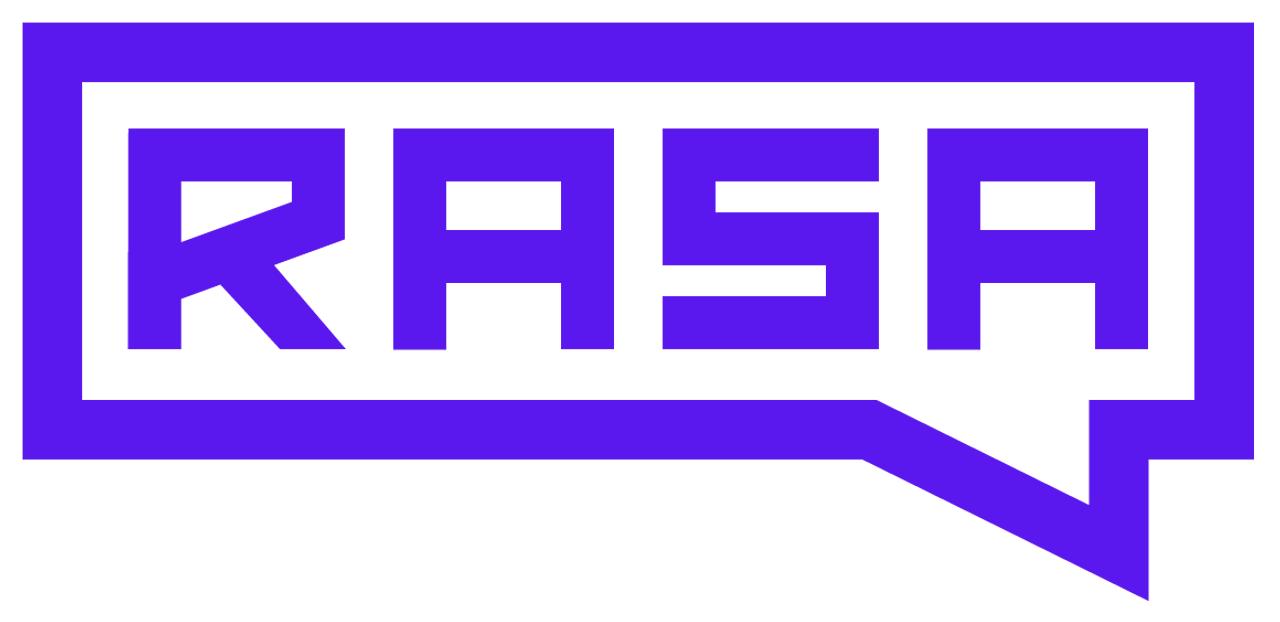Lorem ipsum dolor sit amet, consectetur adipiscing elit. Suspendisse varius enim in eros elementum tristique. Duis cursus, mi quis viverra ornare, eros dolor interdum nulla, ut commodo diam libero vitae erat. Aenean faucibus nibh et justo cursus id rutrum lorem imperdiet. Nunc ut sem vitae risus tristique posuere.

This report compares Raia, an AI agent platform, with Rasa, a customer service automation platform. Raia focuses on democratizing AI by enabling organizations to build and manage multiple specialized AI agents across departments using a no-code approach. Its core components—Roles, Skills, and Packs—help users define agent behaviors, integrate communication channels, and reuse training data. Raia is built on OpenAI’s enterprise infrastructure and offers SOC 2 and HIPAA compliance, making it especially suitable for regulated industries seeking to deploy AI agents quickly and at scale. Its strengths include simplicity, rapid deployment, and centralized management of thousands of agents. Raia Website
In contrast, Rasa targets enterprises needing deeply customized and sophisticated conversational AI. Its open-core architecture combines Rasa Pro for infrastructure, Rasa Studio for no-code collaboration, and CALM (Conversational AI with Language Models) to handle complex dialogue flows. Rasa supports multi-model AI integrations—including OpenAI, Cohere, and LLaMA—and offers robust deployment options ranging from self-hosting to managed services. Its flexibility in compliance, multilingual support, and rich omnichannel capabilities make it a preferred choice for large organizations with complex customer service operations that require transparency, technical control, and scalability. Rasa Website
Ultimately, the platforms serve different strategic purposes. Raia is optimal for businesses seeking to deploy AI widely and empower non-technical teams to create agents that assist in internal workflows, HR, and support functions. Rasa, however, excels in organizations with technical resources looking to build highly capable virtual assistants to automate complex, high-volume customer interactions. The choice between them hinges on whether an organization prioritizes breadth and speed of AI deployment (Raia) or depth of customization and sophisticated customer service capabilities (Rasa).